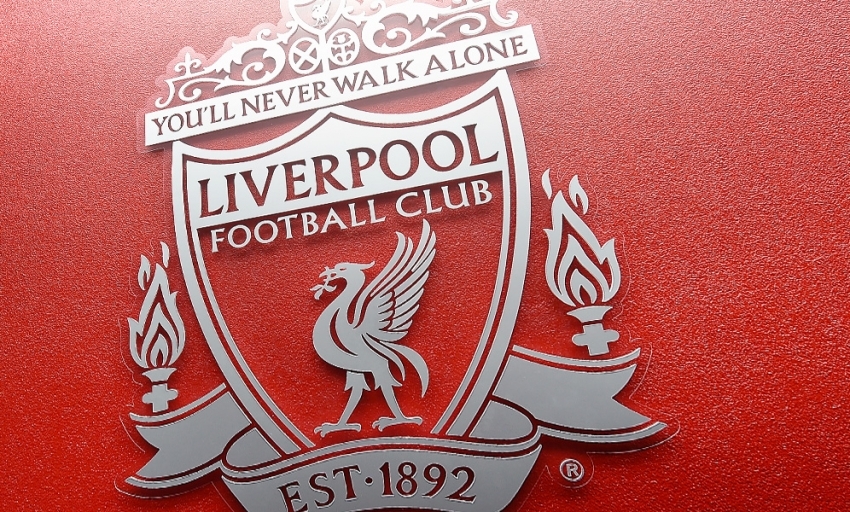Jurors shown around Hillsborough
The Hillsborough inquests commenced on March 31, 2014 and are the subject of reporting restrictions that have been imposed by the Attorney General's office. Liverpool Football Club is respectful of these restrictions and will therefore only be making available updates from other media channels for the duration of the inquest.

To view archive reports from each day of the inquest hearings, click here.
Courtesy of Press Association
Jurors on the inquest into the 96 Hillsborough disaster deaths have stood at the exact site where most of the Liverpool fans who died in the tragedy lost their lives.
Under cloudy grey skies and intermittent showers, the 11-strong jury left the courtroom in Warrington behind for the day for a site visit to Sheffield, home of the Hillsborough stadium.
Hooked up to wireless headphones, the jurors were guided by coroner Lord Justice Goldring to some of the key locations in the ground, including pens three and four, as well as the tunnel leading into them, where the fatal crush occurred.
Huddling under umbrellas, jurors were also taken to the site of the former gymnasium, which was used as a make-shift morgue on the day of the disaster, but is now a Sheffield Wednesday shop.
Britain's worst sporting disaster unfolded at the stadium on April 15 1989 during Liverpool's match against Nottingham Forest as thousands of fans were crushed in the ground's Leppings Lane terrace.
As they stood in pens three and four of the Leppings Lane terrace, jurors were told the area had "fundamentally changed", there are now seats where it was once standing only and fences have been removed.
Orange tape was put in place to illustrate the height of the fence dividing the two pens, where hundreds of fans gathered for the match.
A cane was placed at the front of the terrace to illustrate the height of the fence between the pitch and pens.
The coroner took the jury up either side of the seating area, on to the pitch and above it in a raised stand to view the pens from all angles.
Adjacent to the terrace is the police control box, which is much larger and in a slightly different location than its 1989 counterpart.
Beneath the police box, jurors were shown an unaltered section of terrace so they could see how the stands looked 25 years ago.
Markings from where crush barriers had been removed remained. Jurors were taken round the pitch perimeter, past the current players tunnel, along rows of empty seats, decorated in home team Sheffield Wednesday's blue and white colours.
Aside from the coroner's narration, the stadium was silent.
Lord Justice Goldring explained the pitch is without grass as the football season has ended and it will be returfed.
The jury was then taken into the Sheffield Wednesday shop - once the site of a gymnasium, which on the day of the disaster was used to temporarily store the bodies of the dead.
It is now full of Sheffield Wednesday home and away shirts, jackets and other sporting merchandise.
Earlier, two coaches, escorted by police motorbikes and cars, transported the jury, counsel, court staff, the coroner and a small press pool to the stadium.
Lord Justice Goldring pointed out the White Horse pub, just off the A61, where some Liverpool supporters went before the match.
He also showed them the former site of Wadsley Bridge Train Station, from where Liverpool supporters were accompanied by police officers as they made their way to the stadium.
A marked police van closed off Leppings Lane as the jurors disembarked from the coach and were taken towards the entrance, site of gates A, B and C, all used by Liverpool fans on the day of the 1989 match.
Traffic and police cones, as well as orange tape, had been laid out to illustrate to jurors the layout of the entrance in 1989, such as the location of a railing and gate no longer present.
Awnings had been constructed in advance to shelter jurors from the expected rain.
Jurors returned to the coach at the end of the visit and were driven along the same route ambulances took in 1989 to Northern General Hospital, where 88 casualties were taken.
After passing the Hillsborough memorial on the southside of the stadium, commemorating those who died, the coaches drove past Royal Hallamshire Hospital, where 77 casualties were taken.
Earlier this week, the inquest heard a minute by minute countdown of how the disaster unfolded.
The hearing was told of key events accompanied by rarely seen footage of the day taken by police and BBC cameras and stadium CCTV as the cup tie began.
Jonathan Hough QC, counsel for the inquest and Neil Malkin, the senior investigating officer for Operation Resolve, the police's criminal investigation into the disaster, took the jury through events of the day, interspersed with a compilation of both black and white and colour video captured from the cameras.



